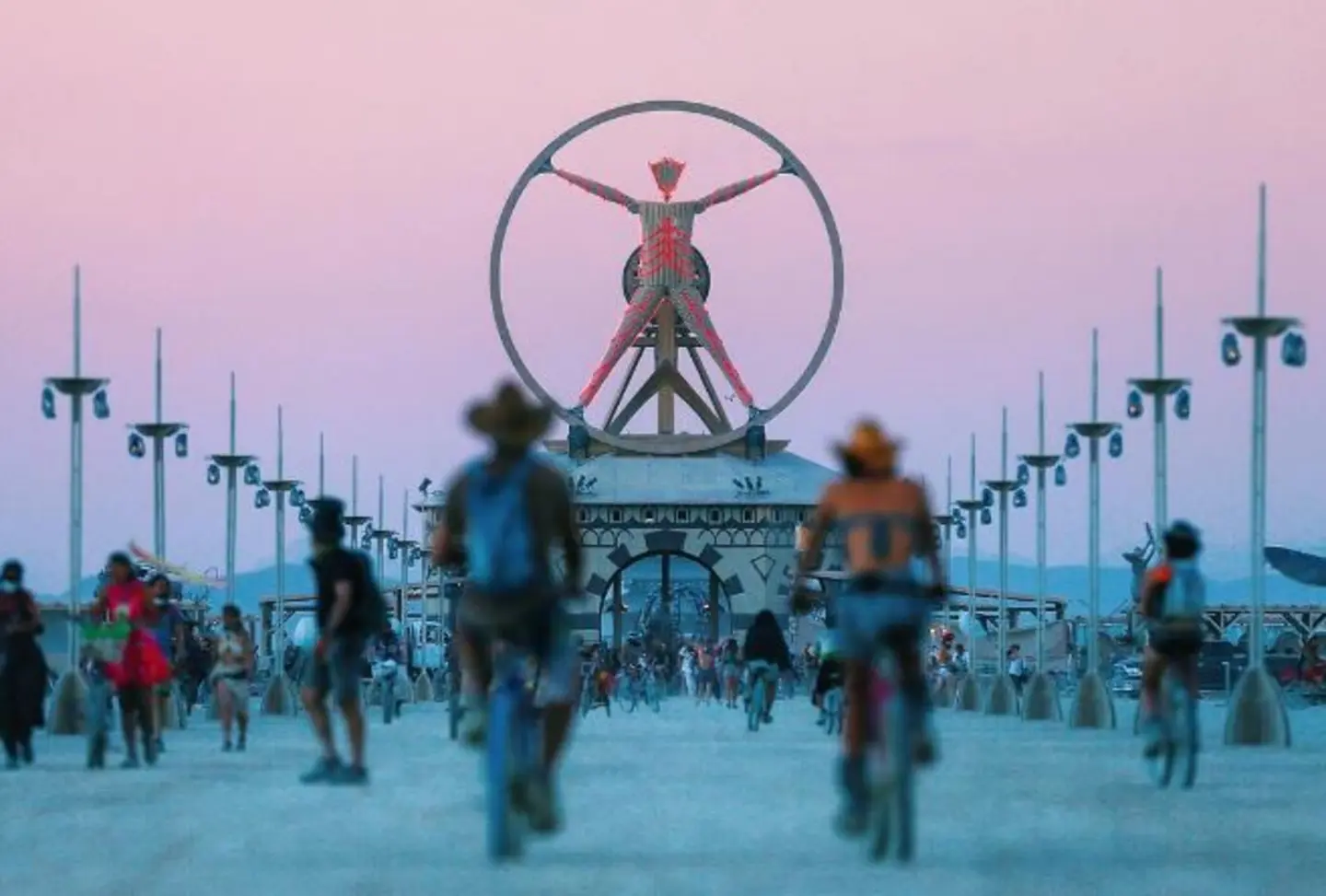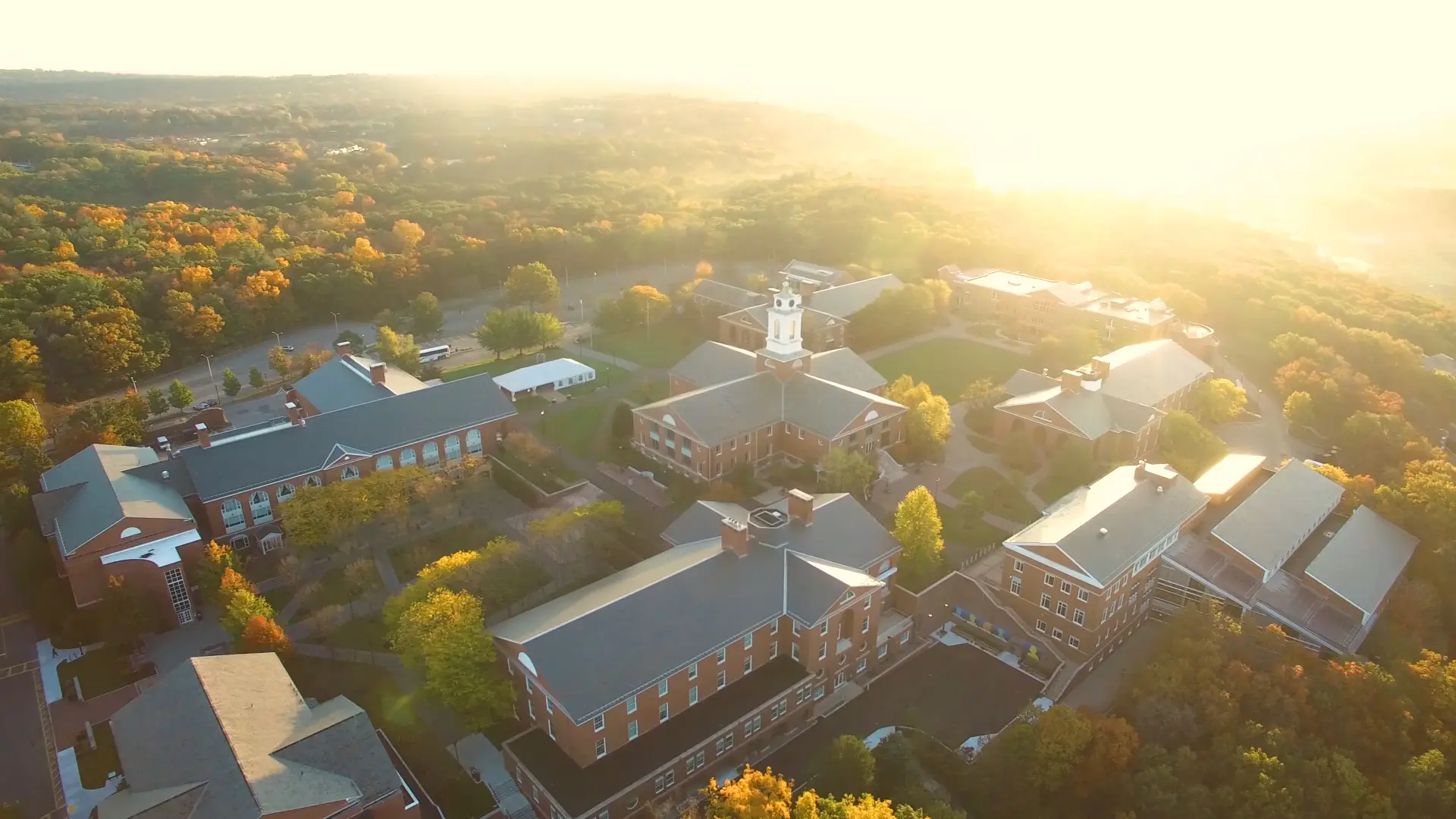When someone meets me for the first time the first thought that runs through their mind isn't usually that guy definitely goes to Burning Man [1] because the stereotype of that person – what is known as a Burner [2] – apparently does not look like me, sound like me, or behave like me. So, it often comes as a shock when I tell people I have made the trip out to the desert not once, but three times and I look forward to going again. So, what can this wild and wacky gathering in the desert teach us about UX Research? Here are at least five things to ponder before starting your next project.
Don't Make Assumptions
It lies at the heart of Burning Man’s principles [3] – particularly Radical Inclusion and Immediacy – reminding us to “welcome and respect strangers” [4] and “overcome barriers that stand between us.” [5] So, when it comes to UX research, particularly when dealing with participants, the only assumption we should make is that we are about to learn something we did not know before.
Be Mindful: Do Things With Intention
Everything at Burning Man – the camps, the artwork, the experiences, the entire city – has been designed and implemented with purpose and intent. There is a reason why everything happens the way it does and is the way it is – even if it doesn’t seem like it. In UX, it is easy to fall into a rut with our methodologies and approaches to problems in our research and to lose sight of why we are using them. Before you begin your next research project, reevaluate how you intend to approach the problem. Are you approaching it with the right mindset? Does your approach make sense when considering the type of project? Do the methods match the project or are they simply part of a routine your team has become accustomed to? Be mindful of where you are, what you are doing, and the purpose and intent that is driving your methods and study.
Leave No Trace
Every year in the Black Rock Desert of Nevada a temporary city of nearly 80,000 people rises out of nothing and disappears into nothing in the span of two months. In order to accomplish the latter half of that equation, the community must be “committed to leaving no physical trace of our activities wherever we gather.”[6] In a similar fashion, we should treat our interactions with participants during interviews and usability studies, and our handling of the research process overall, in much the same way. Burners wish to be present, to be engaged, and to maximize their own experience and that of others. In much the same way, researchers seek to maximize participants’ experiences to get the most out of our time with them and the data we collect. But, in doing so, be mindful of the following: your own confirmation bias, reducing observer-expectancy effects during interviews and while moderating, potential framing effects and wording bias, and minimizing the Hawthorne Effect – any one of which could corrupt your data. It is a difficult task, but one we should strive for in every interaction with participants. Be present, be engaged, maximize your participants’ experience, but avoid polluting that experience. In other words, leave no trace.
Emphasize Communal Effort
The Burning Man community values “creative cooperation and collaboration” [7] and “strives to produce, promote, and protect social networks…and methods of communication that support such interaction,” [8] which is something your team should value as well. If you want to make an impact with your UX work, you need to make sure that you engage your entire stakeholder team/community in the work. One way to increase team engagement is stakeholder maps. Before, during, and after the initial kickoff meetings, it is easy for us to simply keep a running tally in our mind of who is involved with the project and what their goals are. Creating a stakeholder map can not only help you identify, analyze, prioritize, and engage the people and organizations with a stake in the project but will allow your team to manage and communicate with the entire stakeholder community more effectively. In doing so, your team can be the driving force behind a more cooperative and collaborative project community.
Participation
Participation [9] is another valuable principle at Burning Man. As UX researchers, we are in a unique position to shine a light on the various ways in which we participate with the world and the people, products, and systems within it. However, under the time crunch of deadlines, budgets, and expectations it is easy to lose sight of this incredible opportunity. But achieving engaging participation that maximizes our data and drives meaningful change is not easy and requires a balanced approach that applies all of the principles discussed here. So, before your next project, take a moment to reflect on what you are doing, how you are doing it, and who you are doing it for. Consider how your methodologies, mindfulness of your own biases, and input from your project community can increase your engagement and participation from yourself, your participants, and your stakeholders.
I believe, at its heart, Burning Man’s purpose, principles, and the way in which it can make people reevaluate how they view the world has merit. Does one have to go to Burning Man to achieve this? No. Do UX researchers have to go to Burning Man in order to be better at their job? Not at all. Could it help? Maybe. Would I recommend going, anyway? Absolutely. But whether you go or not, take a moment to consider Burning Man’s principles and read or listen to the stories of people who have been there. Do so with an open mind and willingness to take what you see, hear, or experience and use it to reevaluate how you approach and think about your research, your team, and maybe even yourself. And maybe one day I’ll see you in the desert.
[1] Burning Man is a vibrant and participatory metropolis held and built each year on the dry lakebed of the Black Rock Desert near Gerlach, Nevada.
[2] A Burner is a general term for someone who attends Burning Man.
[3] Burning Man Project. The Culture: Philosophical Center – The 10 Principles of Burning Man. https://burningman.org/culture/philosophical-center/10-principles/
[4] Burning Man Project.
[5] Burning Man Project.
[6] Burning Man Project.
[7] Burning Man Project.
[8] Burning Man Project.
[9] Burning Man Project.

Jason Gaylord is a Research Associate at the User Experience Center. Prior to joining the UXC, Jason worked in commercial property management. He previously worked as a social studies teacher and department chair where he designed and implemented grade-level curriculum and lesson plans and achieved learning objectives through effective pedagogy, project management, and data analysis. He also has extensive volunteer experience with the Wreaths Across America organization and the Smithsonian Institute.
Jason holds a Bachelor of Arts in History from the University of Maine and a Master of Arts in Teaching from Colorado College. He is currently pursuing a Master of Science in Human Factors in Information Design at Bentley University.



